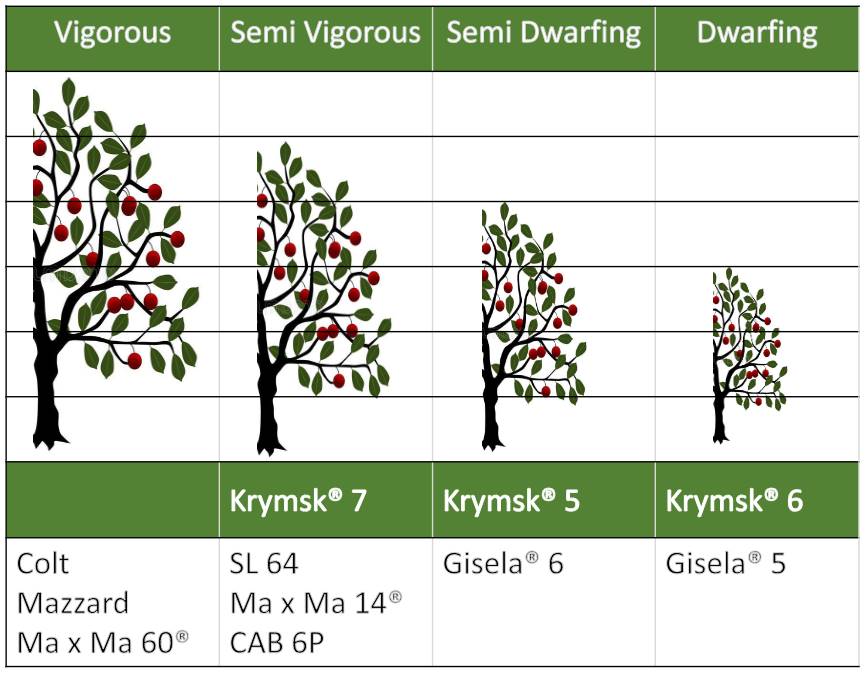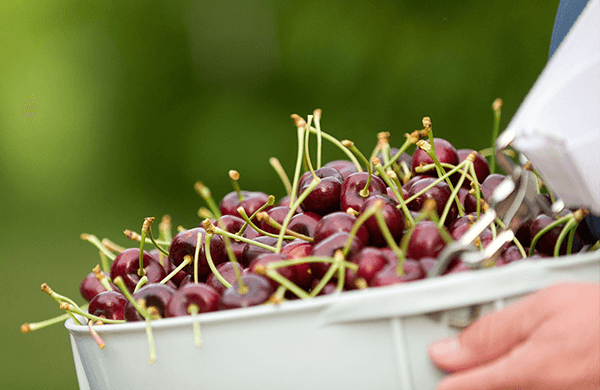The interest in alternative thinning techniques to manual thinning undoubtedly stems from the need to keep production costs as low as possible, of which manual labour is certainly one of the largest.
The 'orchard history', i.e. the previous year's yield, environmental variables and agronomic conditions are the main variables considered when deciding whether or not to apply thinning, and in particular which thinning method to use. Indeed, the response to thinning depends on the age of the tree, the quality of the flower buds, the competition between flowers in the inflorescence and the timing of application.
In addition, the order in which flower buds open on the branches can indirectly influence frost resistance and the effectiveness of thinning. In general, buds on short shoots develop faster than those on long shoots; therefore, it is prudent to thin out short shoots if frost is imminent.
On the other hand, delayed thinning may result in the elimination of especially the buds on long, weak branches that flower last. The effect of thinning on quality parameters also depends on the cultivar. A high crop load and thinning conducted 6-8 weeks after flowering caused a significant reduction in fruit size of the 'Sweetheart' sweet cherries, whereas thinning conducted earlier in the season had no effect on fruit diameter.
The date of thinning also affected fruit firmness and total soluble solids concentration; in contrast, there was no reduction in fruit acidity of trees thinned immediately after flowering. In addition, fruit size correlates with a higher availability of assimilates during the period of cell division, which occurs up to eleven days after flowering.
Thereafter, the fruit only continues to grow due to the increase in cell volume. Not only does thinning substantially increase the size of the fruit, but also the sugar and anthocyanin content. Therefore, the belief that thinning can improve the organoleptic and nutritional qualities of cherries has been widely accepted.
A higher leaf/fruit ratio leads to the production of fruit with higher size, darker colour, higher sugar content, a higher ratio of sugars to acids and an earlier ripening of the fruit. In addition, the glucose, fructose and sorbitol content and the malic acid content vary considerably depending on the thinning treatment applied.
A low leaf/fruit ratio, on the other hand, can prolong the ripening process. It is important to remember, however, that the thinning process, especially chemical thinning, heavily interferes with the physiological processes of the plant. The use of chemicals, especially desiccants, can cause injury to the leaves, forcing the plant to regenerate, depleting previously stored reserves.
However, at the beginning of fruit development, assimilates are obtained from the wood reserves and not from the developing leaves. Therefore, it is assumed that the use of drying agents, including those that damage leaves, does not significantly affect fruit set.
Besides influencing the distribution of assimilates, the removal of a part of the spurs during the dormant period improves the distribution of assimilates among a smaller number of fruits, thus facilitating a more harmonious relationship between growth and fruiting.
Source: https://www.mdpi.com/2076-3417/12/3/1280
Melissa Venturi
University of Bologna (IT)
Cherry Times - All rights reserved












